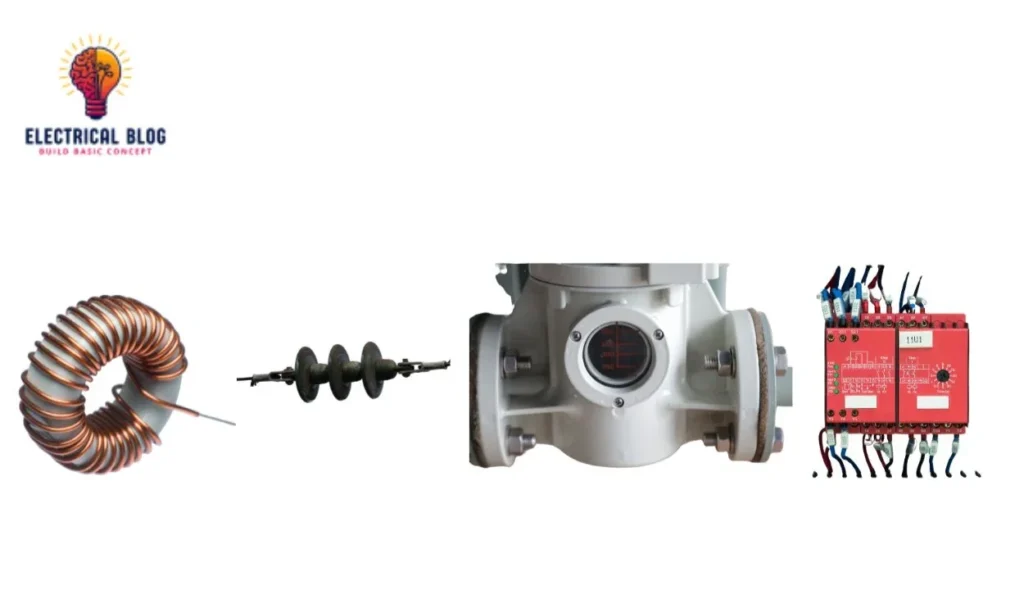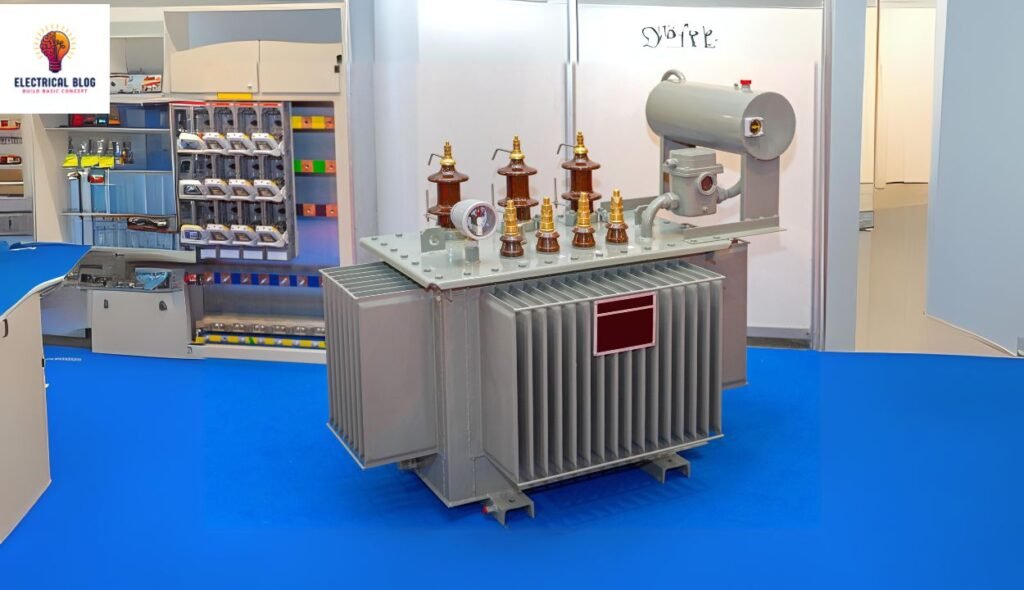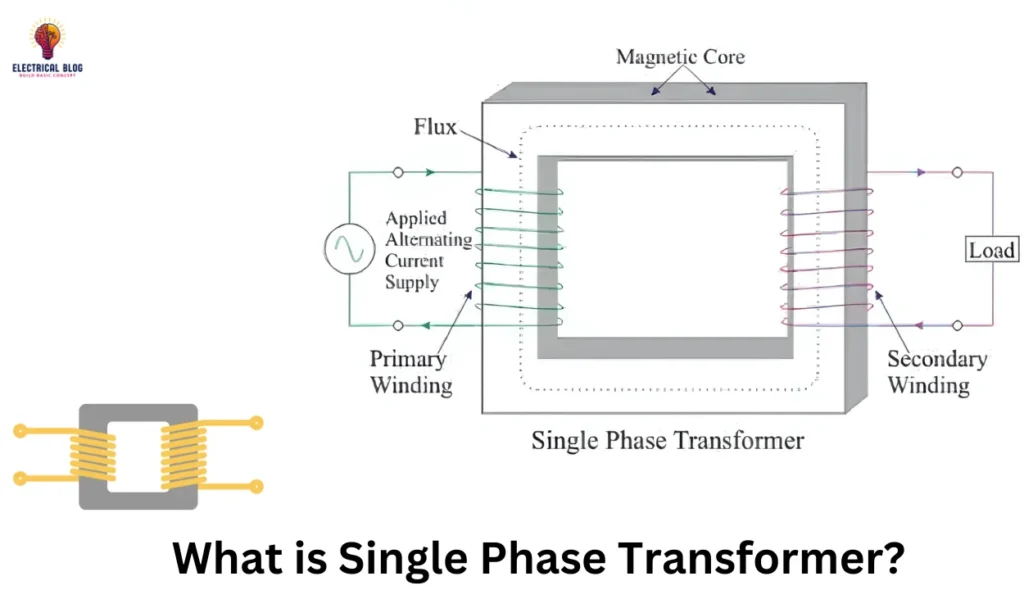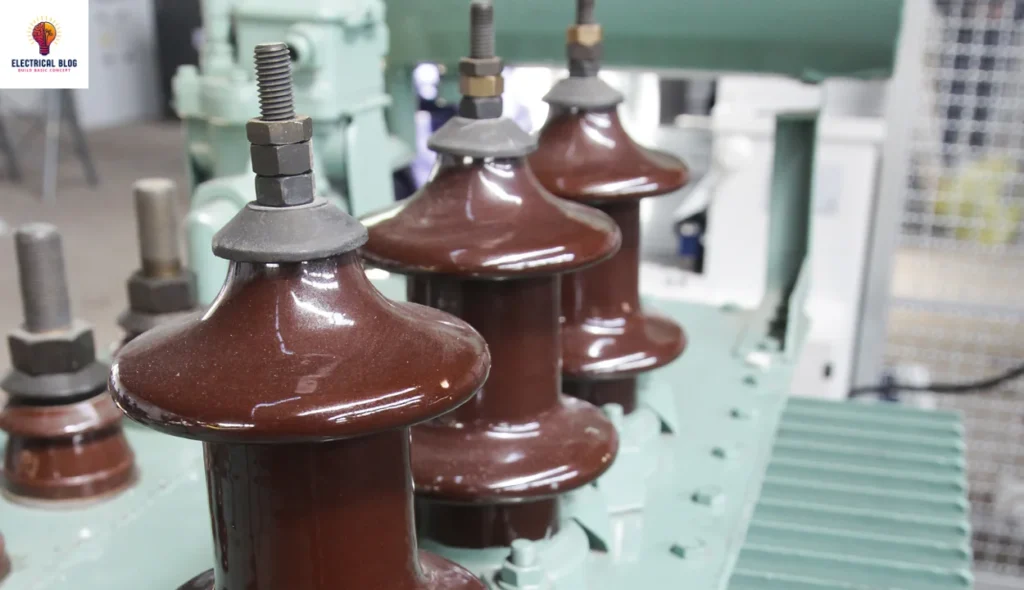Introduction to Transformer Components
Growing up, I was always fascinated by how electricity reaches our homes and offices so seamlessly. It wasn’t until I studied transformers that I truly began to appreciate their crucial role in the daily operations of modern systems. These silent powerhouses ensure a smooth and efficient flow of energy from power plants to various industries, shaping the way we live. Inside, their inner workings consist of remarkable transformer parts like coils, windings, and cores, each designed to optimize performance. The materials used, including insulating layers, protect against faults while maintaining durability. These devices truly are the heart of our electrical world, and understanding their capabilities helps us see the hidden marvels that play a vital part in our everyday lives.
How Transformers Work
The fundamental function of transformers is to modify voltage levels while keeping the frequency stable. This process relies on electromagnetic induction, where alternating current (AC) flows through one circuit, creating a magnetic field that transfers energy to another. The input and output terminals allow for the smooth delivery of power, ensuring efficient distribution across various users. Their role in electricity transmission is crucial, as they help in regulating voltage and balancing the load for a more reliable system.
The origins of transformers trace back to Michael Faraday in the 1800s, whose discoveries paved the way for emerging designs that would later revolutionize power transmission. These devices became essential for facilitating the long-distance transfer of electrical energy by converting high-voltage power for safe use. Modern transformers are built with practical features that improve efficiency, ensuring they can play a significant part in the safety and stability of power networks while maintaining system performance.
14 Key Components of a Transformer
A transformer is made up of several important parts that work together to ensure smooth energy transfer between electrical circuits. It operates using electromagnetic induction, a process that allows it to alter voltage levels efficiently. Consisting of two or more windings, a transformer plays a crucial role in various devices by adapting power for different applications. Each component has specific functions that make the transformer an essential part of modern electrical systems, ensuring safe and reliable performance.
Winding
In a transformer, the windings play a key role in energy transfer by carrying the input voltage and delivering the required voltage transformation. The primary winding receives high voltage, creating a magnetic field, while the secondary winding supplies low voltage to the load. Made of copper or aluminum, these insulated wire coils ensure smooth transmission of electricity. The turns’ ratio determines whether the transformer is stepping up or stepping down the voltage for electricity distribution and utilization. A well-designed winding system makes the transformer more efficient, enhancing performance in electrical circuits.
Core
The core is the heart of a transformer, playing a key role in magnetic coupling between the primary and secondary windings. Made from soft iron, it provides a low-resistance path for flux, which ensures an efficient transfer of current. To minimize losses, the core is laminated, reducing eddy loss and hysteresis effects. Its functions also include reducing reluctance and keeping the magnetic field well-confined, preventing interference with nearby components. The core design directly impacts the transformer’s performance by maintaining strong coupling between the windings and limiting energy losses.

Protective Insulation
In a transformer, insulation is crucial to prevent the transfer of electricity, heat, and sound between different elements and systems. Using high-quality materials and advanced methods, it enhances temperature stability and ensures safe and efficient operation. It is placed around windings, turns, and other current-carrying parts, as well as inside the tank, to prevent electrical hazards and improve mechanical durability. Proper insulation boosts the reliability and longevity of the equipment, keeping it strong under thermal and mechanical stress.
Insulated Bushings
In a transformer, bushings are essential for providing insulation and support to conductors passing through the walls of the equipment. Used in power transformers and other electrical equipment, they ensure safe and efficient electricity flow by maintaining electrical insulation. Acting as a barrier between terminals and the tank, they prevent oil leakage and protect internal electrical components while securely linking them to external circuits. High-quality electrical devices enhance containment integrity, ensuring reliable operation without current loss.
Tap Changer
In my experience working with transformers, I’ve seen how crucial a tap changer is for maintaining steady voltage levels. This component modifies the turn ratio by adjusting the tapping point on the winding, ensuring the output stays within safe limits. There are two types: on-load, which operates while connected to the supply, and off-load, which requires disconnecting the transformer before making changes. The core function of a tap changer is to control voltage fluctuations by compensating for input variations and shifting load conditions. By manipulating the ratios, it optimizes performance and enhances efficiency. This adjustment process helps in isolating electrical disturbances, thereby keeping the system stable.
Terminals
In my work with electrical systems, I’ve seen how terminals play an essential role in facilitating a safe and efficient connection between the transformer and external circuits. The primary side handles high-voltage power, receiving energy directly from the source, while the secondary side is responsible for delivering a lower voltage to various loads. These points enable the transfer of electricity through lines, ensuring a seamless flow for different applications. By enabling proper connections between components, transformer terminals help maintain system stability and performance.
Cooling Tube
In transformers, managing heat is crucial for proper operation, and cooling tubes play a primary role in this process. These integrated pipes or channels allow the circulation of coolant, typically oil or another medium, to remove the generated heat and maintain an acceptable temperature. By facilitating efficient dissipation, these conduits help prevent overheating and protect the core and windings. Their design ensures that the cooling process remains effective by providing a pathway in proximity to key components, which enhances transformer efficiency and extends its lifespan within defined limits.
Protective Transformer Tank
The transformer tank is a sealed enclosure that houses the core, windings, and other essential components, ensuring mechanical stability and protecting them from external damage and contamination. This protective housing also contains cooling systems and auxiliary devices, which help regulate temperature and improve efficiency. The primary function of the tank is to provide a secure space for internal systems, ensuring smooth operation. By keeping all critical parts safe, the transformer body ensures long-term reliability.
Transformer image
Breather
A breather, also called a silica gel breather or air breather, is an important device in power transformers. Its primary function is to control the quality of the air that enters and leaves the transformer. By preventing moisture and dust from entering the transformer tank, the breather helps maintain the integrity of the transformer oil. It ensures that the air inside remains dry and free from contaminants, which is vital for preserving the insulation properties of the oil. This simple but crucial device keeps the air in the shell of the transformer free from harmful elements, allowing the transformer to function properly.
Explosion Vent
The explosion vent is an important pressure relief device designed to prevent damage during explosions or pressure surges in transformers. Positioned above the conservator tank, it has a metallic pipe and a diaphragm at one end to safely release gases and divert the forces away from vital transformer parts. This process helps to mitigate the risks of a catastrophic failure by controlling the pressure buildup and ensuring that the transformer remains undamaged, even in extreme conditions. The primary purpose is to keep the transformer protected from damage caused by internal pressure.
Oil Tank
The oil tank in a transformer is an essential container that stores transformer oil, like mineral oil or silicone oil, ensuring the proper cooling and insulation of the transformer during operation. Made from robust materials such as steel, the oil tank is built to withstand pressure changes and the thermal challenges that come with the expansion of the oil due to temperature variations. It holds a sufficient quantity of oil to maintain the structural integrity and efficient functioning of the transformer, even when facing mechanical challenges and external pressure. The primary purpose is to contain the oil safely while allowing it to perform its cooling and insulating role.
Buchholz Relay
The Buchholz relay is an important component in oil-immersed transformers over 500 kVA. Its primary function is to detect faults such as internal short circuits or abnormal conditions within the transformer parts. It operates by sensing gases emitted from breaking down the oil during internal faults. When the gases accumulate, it acts as an early warning system to prevent further damage or failure by providing alerts before any serious harm occurs to the transformer. The protective device helps mitigate risks and ensures that problems are addressed before they lead to major issues.
Winding Taps
Winding taps are extra connection points on the transformer windings that give flexibility in adjusting the turns ratio. The main function of winding taps is to modify the output voltage of the transformer by adjusting the connection point on the windings. This adjustment helps compensate for varying input voltages and meets specific load requirements. By changing the turns ratio, you can achieve voltage regulation to ensure the transformer operates efficiently. These taps play a key role in maintaining the right voltage for different conditions, making them crucial for smooth transformer operation.
Oil Conservator
The oil conservator plays a key role in a transformer, ensuring a stable oil level despite temperature variations. It is connected to the oil tank via a pipe, and its main role is to accommodate oil volume changes caused by oil expansion and contraction. By compensating for these fluctuations, it helps maintain the oil level within the desired operating range, ensuring the transformer operates smoothly. This expansion tank effectively manages the impact of temperature fluctuations and ensures that the oil level remains steady for proper functioning.
Conclusion
The transformer is a remarkable piece of engineering that ensures the uninterrupted flow of electricity across the grid. It combines different components, each playing a crucial role in the seamless transformation of electrical energy. The magnetic cores guide the flow of power, while the intricate windings help in transporting the currents. Together, they enable precise voltage adjustments, which allow the transformer to meet the needs of various power demands. In essence, every element in the transformer harmoniously works together to achieve optimal performance and maintain the flow of electricity, demonstrating how carefully designed components can guide the process of transforming power efficiently.




